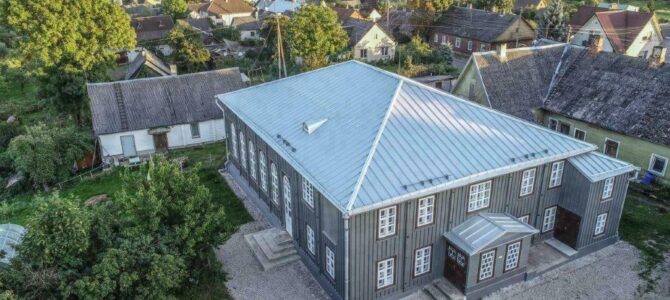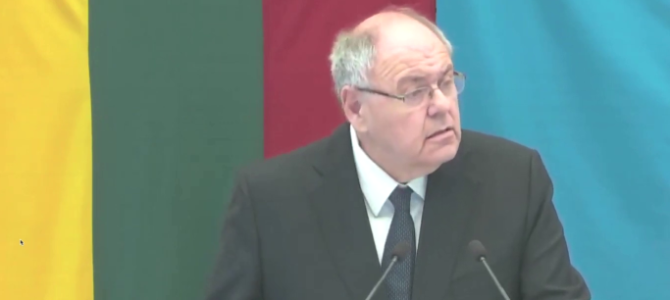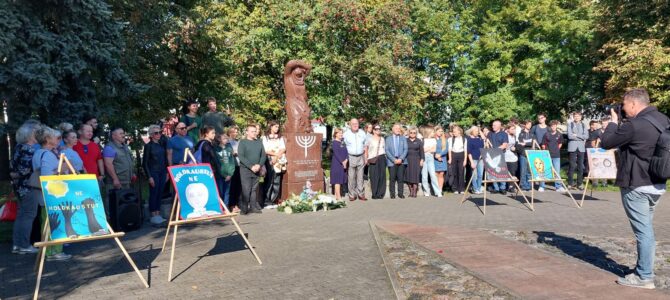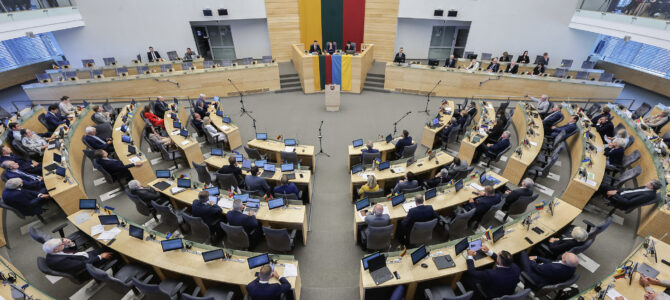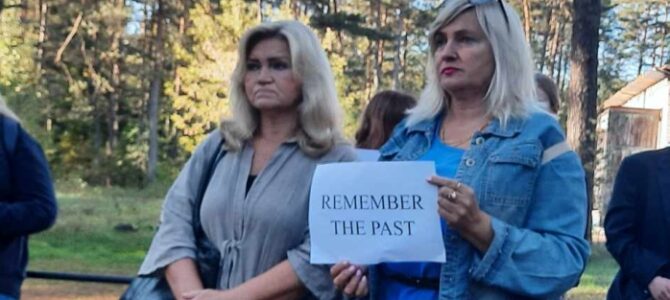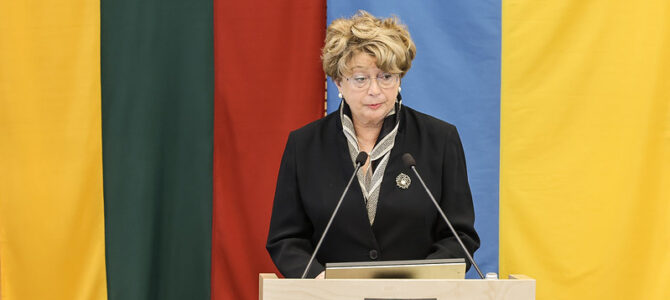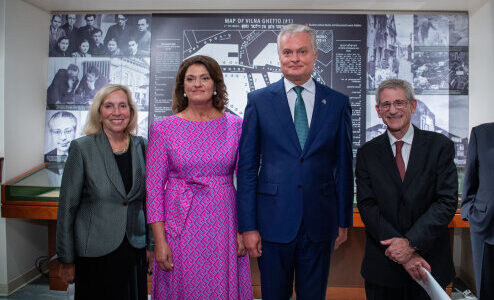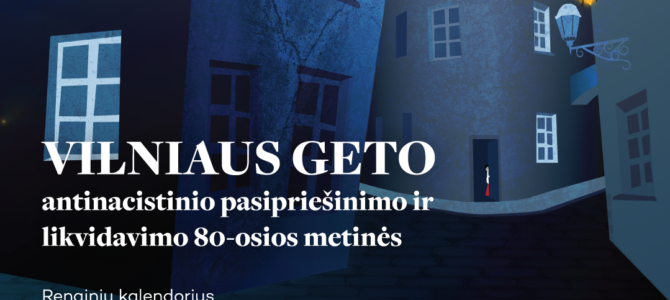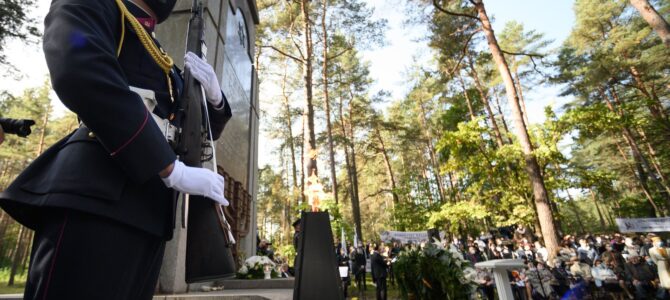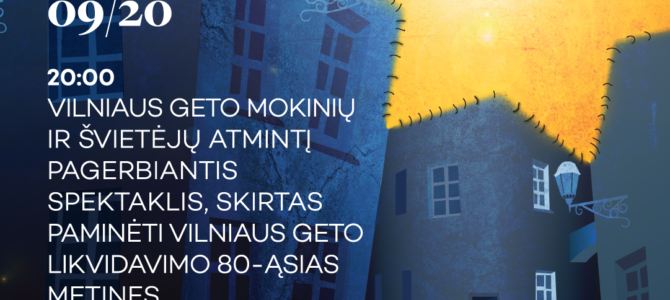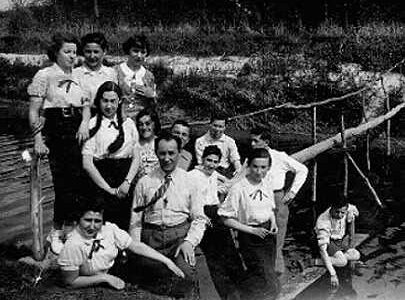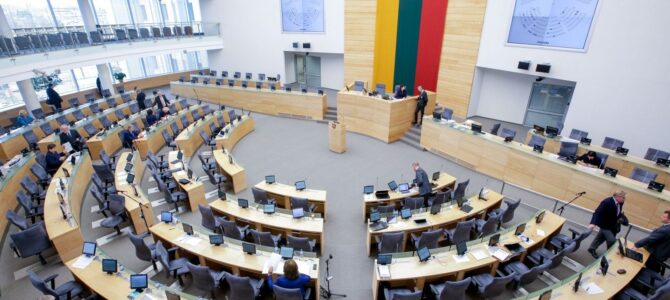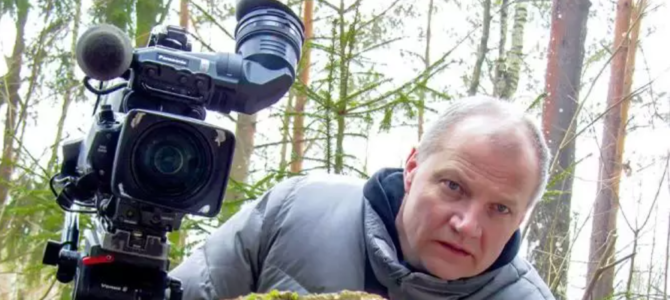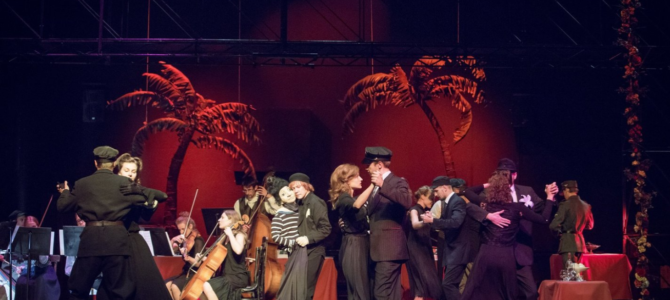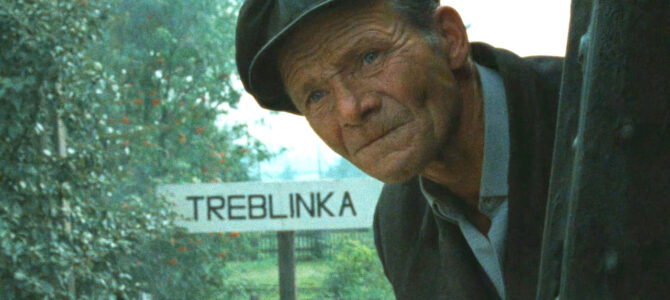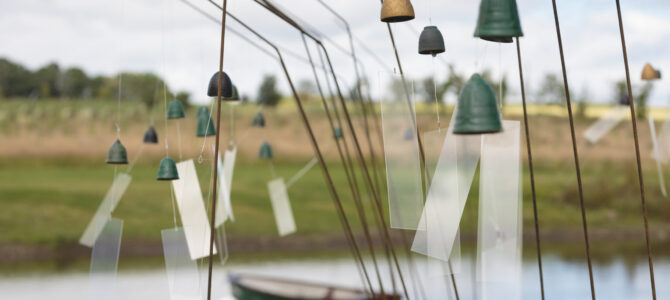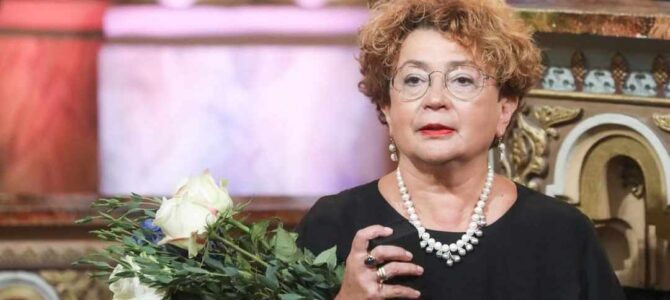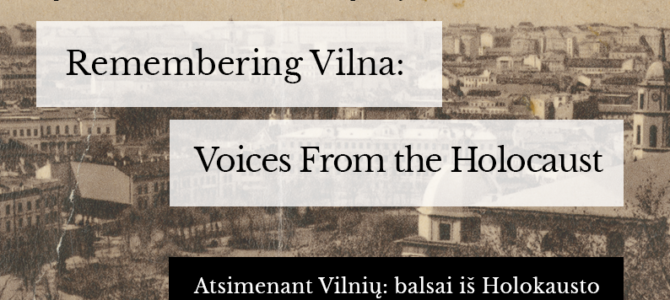Photo: Synagogue in Žiežmariai, by Andrejus Tomenko.
An international agreement is already bearing fruit: the United States Commission for the Preservation of American Heritage Abroad has collected $10,000, the first tranche to be used for restoration of the second floor, the women’s gallery, of the wooden synagogue in Žiežmariai, Lithuania.
Several months ago Lithuanian Jewish Community chairwoman Faina Kukliansky and United States Commission for the Preservation of American Heritage Abroad director Star Jones signed an agreement to join forces for the restoration of the second storey of the unique wooden synagogue in rural Lithuania. The Commission pledged to find financing for that project and the LJC pledged to insure its smooth implementation.
The synagogue was built in the 19th century but burned down in 1920 and was rebuilt. For the thousand or so Jews of the small town before the Holocaust, the synagogue served as both a house of prayer and school, and the central community meeting place.


